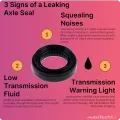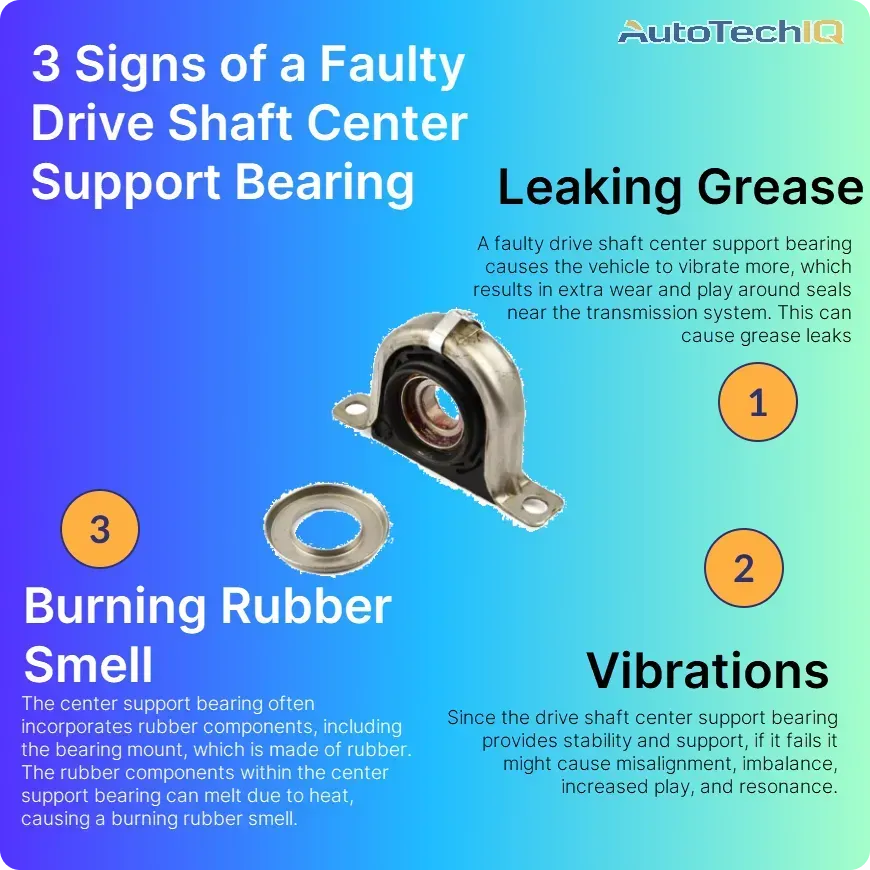

A faulty drive shaft center support bearing causes various symptoms, including strange smells, noises, and driving difficulties. The main sign of a faulty drive shaft center support bearing is excess vibration while driving.
Drive shaft center support bearings, also known as carrier bearings, aim to provide a mounting point for the driveshaft at the midpoint, ensuring stability and alignment while rotating. This all happens under the vehicle, mounted to the chassis or vehicle frame.
- Key function: The drive shaft center support bearing, also called a carrier bearing provides support, reduces vibration, and increases flexibility to the drive shaft.
Problems in the drive shaft center support bearing can result in various symptoms.
- Safety: A problem in the drive shaft center support bearing can result in stability loss, greater wear and tear, handling difficulties, and general misalignment and steering problems.

Burning rubber smell
The drive shaft center support bearing supports the drive shaft in its housing and allows it to rotate smoothly. If the bearing is faulty, it can cause the drive shaft to vibrate or wobble, leading to friction between the drive shaft and surrounding components.
The center support bearing often incorporates rubber components, including the bearing mount, which is made of rubber. These rubber parts help absorb vibrations and reduce noise transmitted from the driveshaft to the vehicle's body. Over time, the rubber components within the center support bearing can melt due to heat generated by nearby parts like the drivetrain.
Excessive vibrations
Since the drive shaft center support bearing provides stability and support, if it fails it might cause misalignment, imbalance, increased play, and resonance. The vibrations can be more noticeable on the rear wheels.
Mainly, a faulty drive shaft center support bearing causes the drive shaft to become misaligned. This misalignment can result in the drive shaft rotating unevenly, leading to vibrations being transmitted through the drivetrain and into the vehicle.
The vibrations can resonate through the vehicle, which can be dangerous during traffic as it affects the steering and handling. Additionally, the vibrations can wear out other components faster.
Other signs
- Increased noises
- Leaking grease
- Steering wheel vibration
- Difficulty shifting gears
- Reduced fuel economy
Possible fixes
- Transmission Mount Replacement: A faulty drive shaft center bearing can result in extra vibrations and misalignment in the drive shaft, which can indirectly affect the transmission system. If the issue progresses, the transmission might wear faster and require replacement.
- Drive shaft repair: A faulty support bearing won't provide the proper balance and safety to the drive shaft. Consequently, the drive shaft might misalign and require replacement.
- Test engine vibration to diagnose: Excessive vibrations from the drive shaft due to a faulty support bearing can also cause play in other components. Therefore, it's safe to test the engine to see if it's vibrating due to loose mount components.
- Test suspension to diagnose: Suspension components can develop play due to excessive vibrations from a faulty drive shaft support bearing. This happens in extreme cases where the issue progresses too much beyond a misaligned driveshaft.
- Drive shaft support bearing replacement: The drive shaft support bearing itself requires replacement if it develops an issue. Trying and repairing the component to return it to place is not advisable; the best is to have the bearing replaced.
- Drive shaft support replacement: A drive shaft support can damage fast without proper support bearing, developing excessive play and suffering from vibration. The drive shaft support might require replacement.
Frequently Asked Questions
Is it bad to drive with a bad center bearing?
Yes, driving with a bad center bearing is risky. It can cause vibrations, worsen handling, and further damage other drivetrain components like the ball bearings, rear differential, etc. Early signs include weird noises and vibrations, but a failing center bearing can lead to a driveshaft breaking which could cause a sudden loss of control. If you suspect a bad center bearing, get your car checked by a mechanic before you need to replace other drivetrain components.
What does a bad center bearing sound like?
A bad carrier bearing can produce a variety of unusual noises depending on severity. It might start with a whining or growling noise, similar to that of faulty wheel bearings, especially at higher speeds. As it worsens, the sound can become a grinding or loud clunking noise, and you might even feel vibrations in the floorboard or steering wheel. These sounds are distinct from road noise and typically change with vehicle speed.
How long do center bearings last?
The center bearing lifespan varies greatly depending on driving conditions and quality. Typically, they can last anywhere from 75,000 to 150,000 miles (120,000 to 240,000 km) for a well-maintained vehicle. Aggressive driving, hauling heavy loads, or using aftermarket parts of lesser quality can shorten this lifespan considerably. Be mindful of strange noises or vibrations and have your mechanic check it out if you suspect an issue.
Other news
-
Car is Squealing When Driving

-
What is Preventative Maintenance and What Are The Benefits of it?

-
JobViewIQ - DVI Process Training - Part of the Auto Care Alliance Benefits

-
7 Signs of AC Pulley Issues
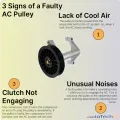
-
7 Signs of Clogged AC Components
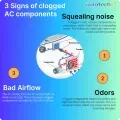
-
How Much Does a Transmission Fluid Change Cost?
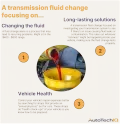
-
7 Signs of a Leaking Axle Seal
